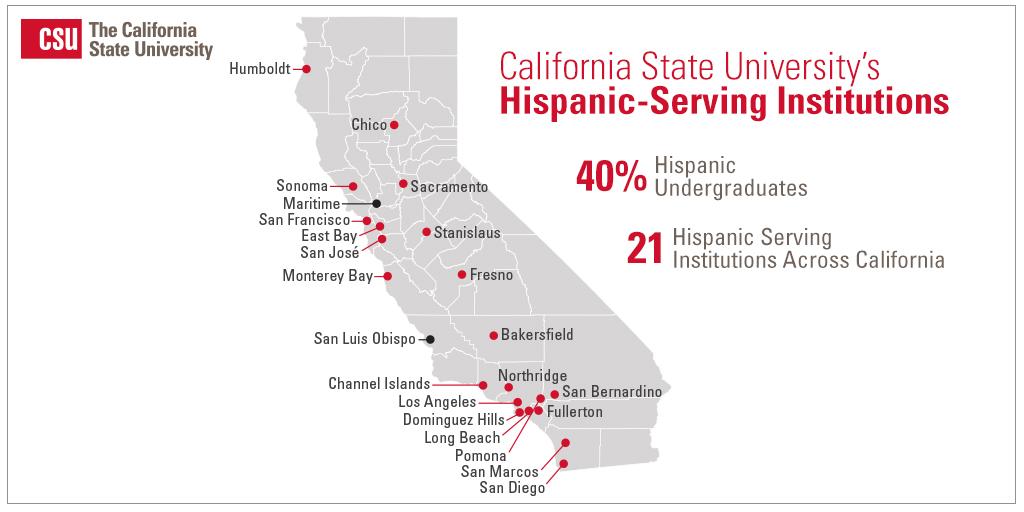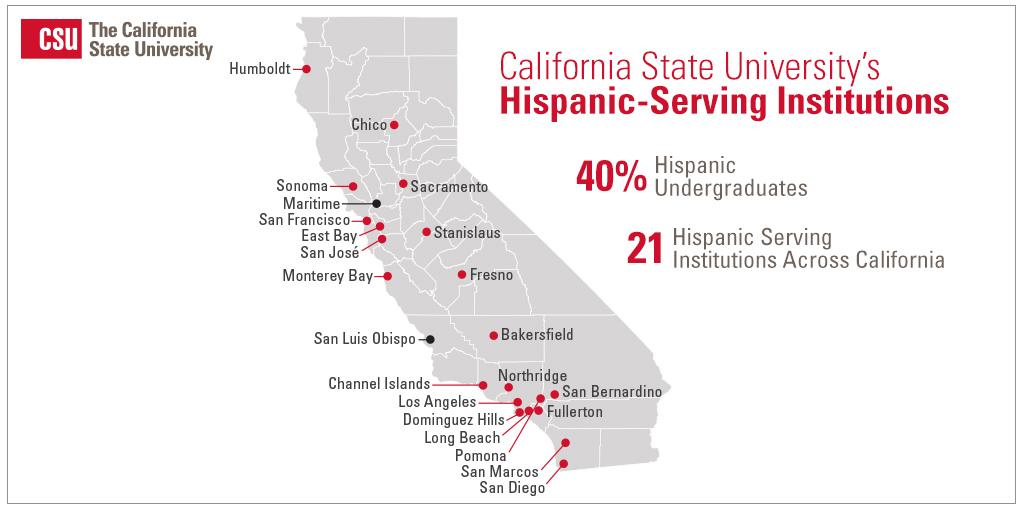Sonoma State University announced it had achieved Hispanic-Serving Institution status, a designation that will make the school eligible to compete for millions of dollars in federal grants.
The U.S. Department of Education awards the designation to universities that are able to meet two requirements.
First, Latinos must make up at least one-quarter of the undergraduate student body. With a 33 percent Latino student population, this requirement was met by Sonoma State. However, the university failed to meet the second requirement, which is having at least 50 percent of the student body receive federal financial aid.
Nonetheless, obtaining HSI status had been a top priority for University President Judy K. Sakaki, which is why a work group was formed to make a “compelling case” to the U.S. Department of Education on why they should award Sonoma State with the designation.
“Sonoma State is committed to doing everything in its power to help all of our students be successful and graduate in a timely fashion so they can go out into the larger world and succeed there as well,” Sakaki said through a statement.
“We submitted a 20-page waiver and received support from congressmen,” Sakaki’s chief of staff and member of the work group, Bill Kidder, said.
Other members of the team that helped achieve the HSI designation are Chicano and Latino studies professors’ Ron Lopez and Daniel Malpica and psychology professor Eliza Velasquez.
“Becoming a HSI was a key priority for President Sakaki because of the federal grant opportunities that will help our students and our campus,” Kidder said.
The grants the university will now be able to apply for are mostly used for tutoring, outreach and STEM programs.
Kidder explained that although those funds have an emphasis in helping Latino students succeed, they will have a positive impact in the university as a whole.
Apart from being able to apply for more federal grants, HSI designation provides an opportunity for Sonoma State to create stronger partnerships with other universities and organizations that are also HSI.
“[Obtaining HSI is] faithful to our core values and mission,” Kidder said. “It places a spotlight on the importance of enhancing and valuing the diversity of our campus. I think that has value above and beyond the mere numbers of federal grants and so on.”
Sakaki has made clear that increasing the university’s diversity is an important item on her team’s agenda. Sonoma State was one of three California State Universities to not possess HSI designation.
CSU Maritime and CSU San Luis Obispo are now the only Cal State campuses that do not have HSI designation.
In the 2014-2015 academic year, California produced 211,948 Hispanic/Latino high school graduates, 1,663 of which came from Sonoma County, according a report released by the university.
“HSI designation presents an opportunity to get more Hispanic students into college, and to show that Sonoma State is committed to diversity and that it is something we truly value,”
Associated Students Senator of Diversity Savannah Guinn said.
Another milestone for the university accompanied the HSI announcement – the formal announcement of the Dream Center for undocumented students by the Sakaki administration.
Both announcements came at a time of great uncertainty and anxiety from undocumented students and their communities due to new and stricter federal immigration guidelines.
“Dr. Sakaki has made it very clear that she values diversity and will not tolerate intolerance,” Guinn said. “I believe this designation could not have come at a more perfect time.”




































